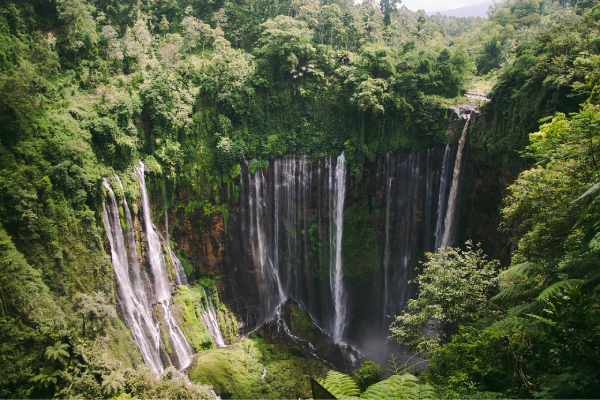North Bali: hidden gem of Indonesia

The northern regions of Bali are rapidly gaining popularity due to large-scale infrastructure projects, multi-billion-dollar investments, and government support. The focus is on the construction of an international airport, new roads, and the creation of tourist clusters, which is already reflected in the growing interest in real estate in the region.
NBIA airport and the expressway will reshape the island
A key event this year for the development of the north’s infrastructure is the construction of North Bali International Airport (NBIA). It is promised that by the end of 2025, work on laying the foundation will begin in the Kubutambahan area, Buleleng Regency. The project is included in Indonesia’s National Medium-Term Development Plan (RPJMN) for 2025–2029. The total investment amounts to about 3 billion dollars, with part of the funds provided by companies from China, Qatar, and Japan.
In addition to the new air hub, a toll road from Gilimanuk to Mengwi will be built, connecting the north and south of the island and improving access to key tourist areas. Foreign investors and the government plan to invest an additional 1 billion dollars in infrastructure, including an aerotropolis, digital clusters, and the implementation of a 5G network.

Investment opportunities and tourist potential
Thanks to large-scale projects, the north is becoming an attractive destination for investors and expats. Real estate in Lovina, Tejakula, and Kubutambahan remains more affordable compared to southern Bali, making the region appealing for long-term investments and living.
The northern part of the island (Buleleng) features a unique combination of untouched nature and cultural identity. Lovina is known for black sand beaches and boat trips for dolphin watching. Singaraja is a center of education and art with museums, ancient temples, and waterfalls. Tejakula and Pemuteran are popular for ecotourism and wellness resorts.

Growth of tourist flow
The flow of tourists to Buleleng is increasing: the number of visitors has risen by 50%, and interest in forests and marine attractions has grown by 75%. More than 20% of all island guests travel north in search of new iconic places, points of interest, and unique experiences.
The annual LovFest festival, the restoration of the Ling Gwan Kiong Buddhist temple, and scenic natural attractions — from coral reefs to the famous Handara Gate, hot springs, and snorkeling and diving spots — enhance the region’s appeal.
North Bali is transforming into a space where cultural heritage blends with modern projects, and investment opportunities grow alongside foreign visitor numbers.
